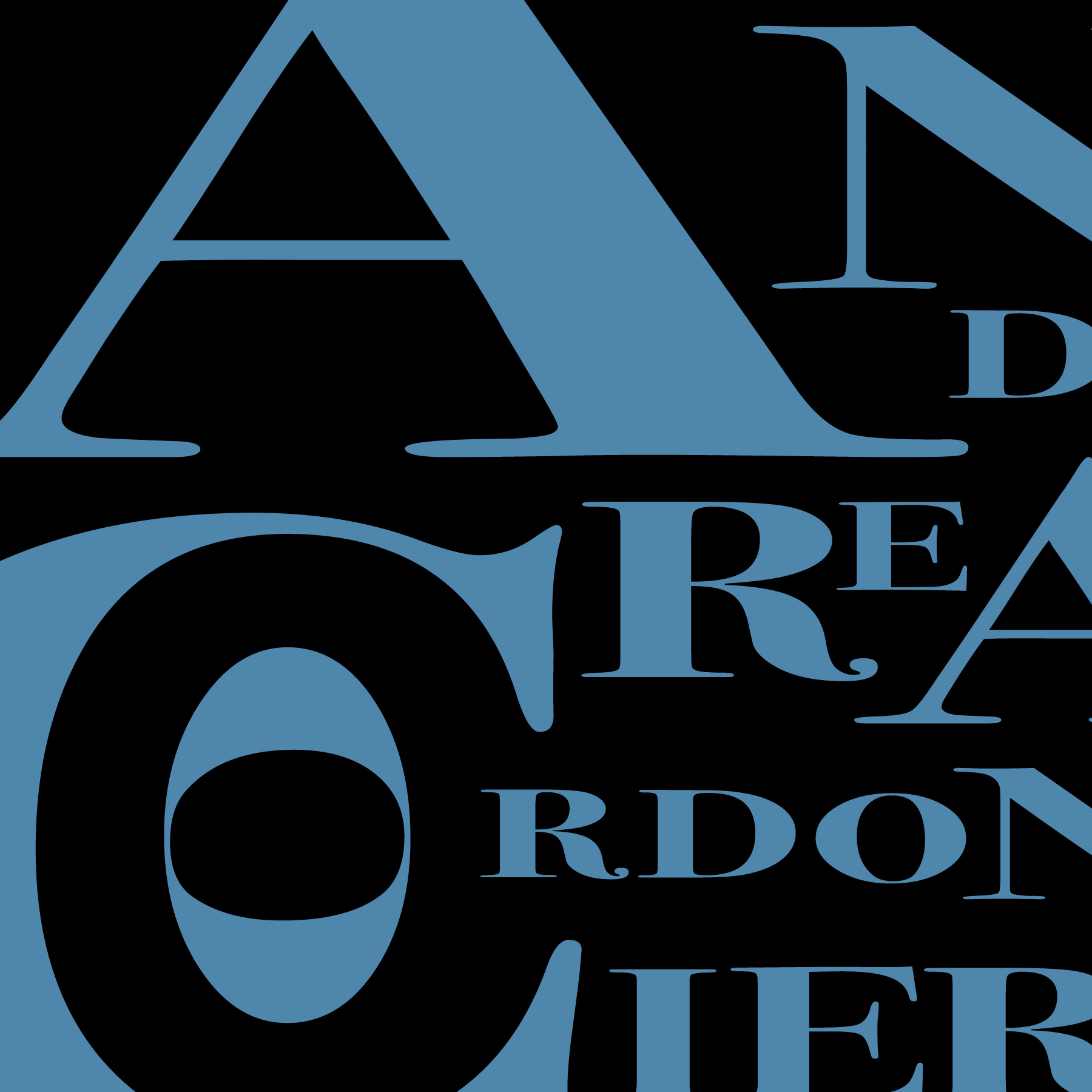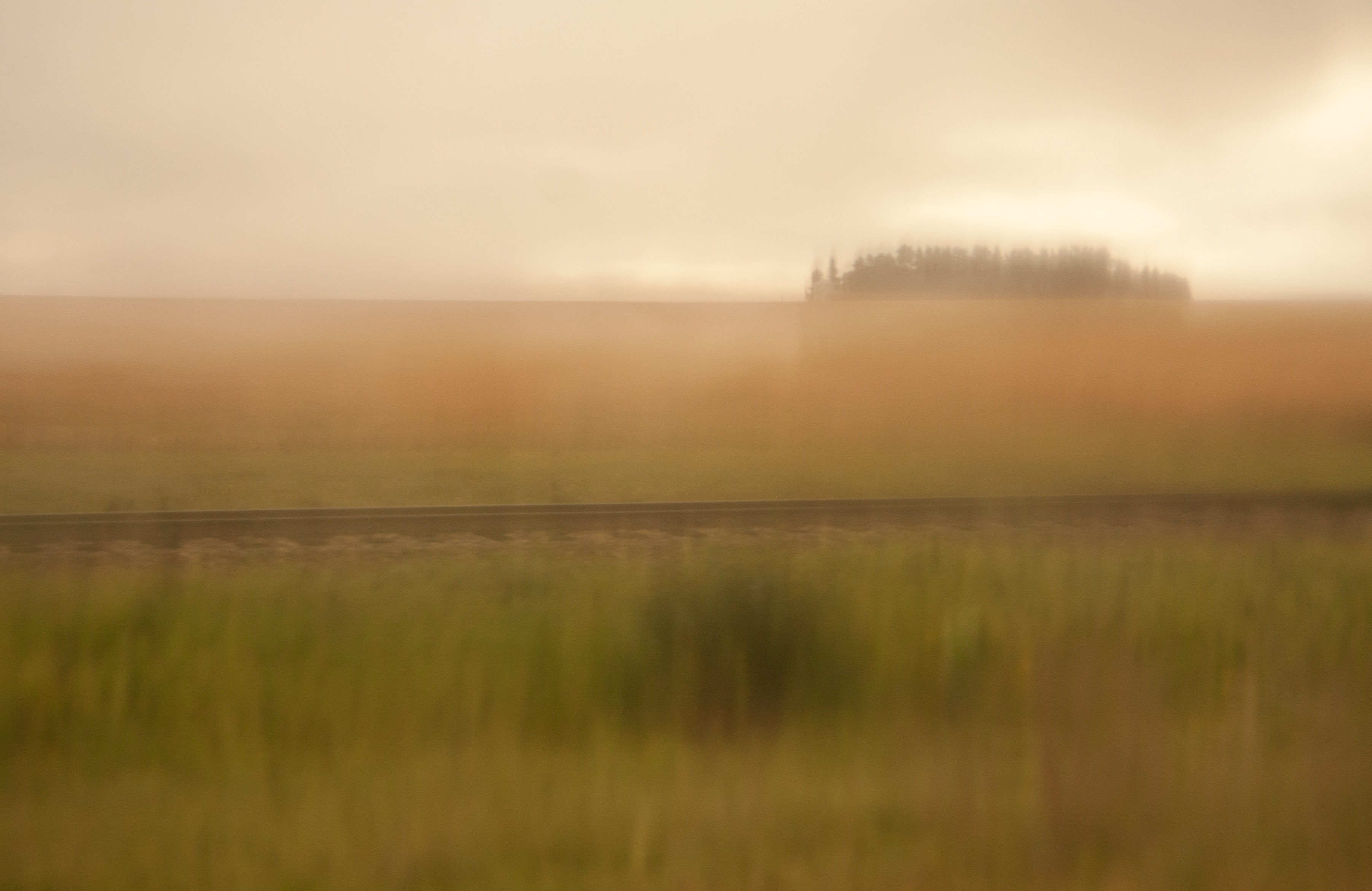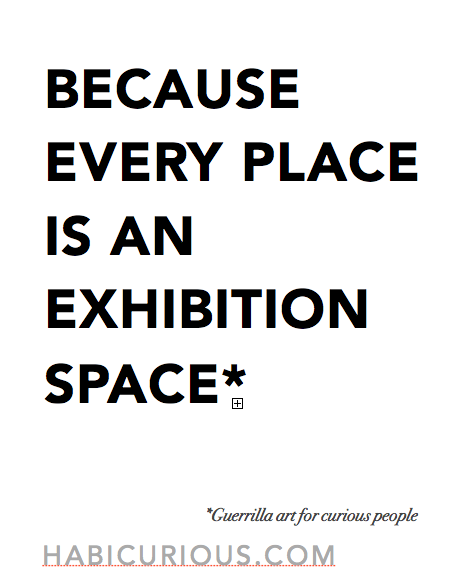October 2016
It took 18 years of rural living for Guerrilla Art for Curious People to show up. It popped into my brain because I love nothing more than discovering public art in unexpected places. Every time I’m surprised by an installation – turning a corner or driving through a place – my body vibrates, my head alights and I am consumed by happiness. To quote Mr. Whitman, I Sing the Body Electric.
I use the term public art loosely and inclusively to mean low and high art, commissioned and spontaneous work, that which is carefully curated or has been crowd-sourced. But what makes a piece of art legitimate, what gives it a right to be called ‘art’ and its creator an artist? Should we care about such labels?
I am a bundle of literal and rhetorical questions: Must art hang in a white box? Must it be curated by someone with approved taste? How much time must it take to make? How much money or other resources should it consume? Must the artist be trained? How must they be paid for their work? Must it have value – be easily saleable/collectible – in the contemporary art market? Must it generate money for others beyond the artist? How can it be creatively financed? Who might be its unexpected patrons or business partners? What should its lifespan be and how should that lifespan reflect the investment?
Aside from galleries, we expect to see graffitti, billboards, sculpture, murals and other art/design elements in the city. But what should we expect to see – or already see – in rural areas? Nothing? Does the art have to be conformist, nice, traditional or simple? Aren’t rural areas that surround cities, in fact, primed for art, with their greater proportion of farmland, open fields and forests, lesser regulation and, in most cases, a tabula rasa for all kinds of material or immaterial installations that work with the geography, culture, history, climate, ecology, built heritage, resources and intimate knowledge of a specific area?
It took 18 years of living in rural Ottawa to grasp that the glass is more than half-full; it’s potentially filled to overflowing for rural creatives seeking partnerships with other locals and the international community. Guerrilla Art for Curious People arrived and with it a brief manifesto that responds to the question “Why here?”:
Its inaugural installation is Laneway 1.


